May 16, 2025 | 17:24 GMT +7
May 16, 2025 | 17:24 GMT +7
Hotline: 0913.378.918
May 16, 2025 | 17:24 GMT +7
Hotline: 0913.378.918
South Tam Dao Joint Stock Company has proposed to lease 68 hectares of special-use forest in Tam Dao for a period of 30 years to develop an ecotourism project. The leased area falls within subzones 102 and 105A of the administrative-service zone of Tam Dao National Park (Trung My commune, Binh Xuyen district, Vinh Phuc province). The project's total investment is approximately VND 731.48 billion.

A corner of Tam Dao National Park. Photo: Tam Dao NP.
Types of land in the leased area include: vacant land, gardens, houses, farmlands, eucalyptus trees, livestock pens (24.61 ha); regenerating forest (21.48 ha); mixed forest, including water surfaces and roads (12.96 ha); and planted pine and acacia forest (including water surfaces and roads) at 8.95 ha.
According to the project documentation, a survey of the area's biological resources revealed that the total timber volume in the area exceeds 5,500 cubic meters, with nearly 1,700 cubic meters of natural forest wood and 3,800 cubic meters of plantation forest wood. There are also 853,575 bamboo trees.
No rare or valuable plant species in need of conservation have been found in the project area. Animal species in the area mainly include widely distributed, small-sized species like kingfishers, sparrows, woodpeckers, as well as rodents, bamboo rats, and reptiles like lizards and snakes.
The project will take 36 months to complete, divided into two phases: phase 1 covering 60.15 ha and phase 2 covering 7.85 ha. Upon completion, the project is expected to attract an estimated 175,000 visitors annually. In phase 1, 2.3 ha will be allocated for rest stops, 0.5 ha for restaurants and service buildings (with a maximum height of two stories), 9.2 ha for green service areas, 1.8 ha for community service areas (with a maximum height of three stories), 0.3 ha for plazas and festival grounds, 4 ha for landscaped green areas, 3.2 ha for technical infrastructure, and 3.5 ha for water surfaces.
The environmental impact assessment documentation confirms that the project is classified under regulations as a high-risk project with potential environmental impact. It must therefore undergo a comprehensive environmental impact assessment as stipulated in Article 28 of the Law on Environmental Protection.

Perspective of Ecotourism Area No. 2, Tam Dao National Park. Photo: environmental impact assessment report.
The report identifies that potential environmental impacts include air quality in the project area and its surroundings and surface water in the Theo Cau stream, which could be polluted by construction and operational activities. Sensitive factors include the Theo Cau stream, which would receive treated wastewater from the project, and Thanh Lanh Lake, which supports 160 hectares of agricultural irrigation, local drinking water, and environmental protection.
Approximately 15 local households are currently farming in the project area. Tam Dao National Park has coordinated with the investor and local authorities to compensate residents for crops and livestock. Thirteen households have accepted compensation and vacated their temporary structures, while efforts are ongoing to relocate the remaining two households.
The project area contains no cultural, historical, religious, or spiritual sites, nor any graves that require relocation. The Thuong Temple and Thanh Lanh Pagoda are located 3.2 km and 4.2 km from the project area, respectively.
"To minimize adverse impacts during project implementation, the investor has committed to strictly adhere to mitigation measures outlined in the assessment report to limit negative effects on the natural and social environment. Additionally, the project will be subject to oversight by environmental management authorities at all stages", the report states.
In an update to the Vietnamese Agriculture Newspaper, Mr. Do Thanh Hai, Director of Tam Dao National Park, stated that they are reporting to the Forestry Department (Ministry of Agriculture and Rural Development). Previously, on January 20, 2022, Tam Dao National Park and South Tam Dao Joint Stock Company signed a lease agreement for the special-use forest environment to conduct ecotourism, resort, and recreation services in subzones 102 and 105A within the park's administrative-service zone for 30 years.
The investor has confirmed in the report that the project will adhere to regulations governing the use of forest land without changing its primary purpose or transferring land use rights. The project covers a total area of 68 ha within the administrative-service zone of Tam Dao National Park.
Translated by Kieu Chi
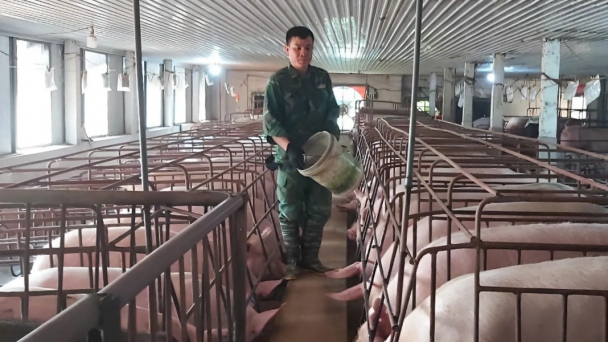
(VAN) Cold-barn systems efficiently manage environmental and temperature conditions, which aids in the prevention of respiratory diseases in pigs and protects them from the vectors that transmit African swine fevers.
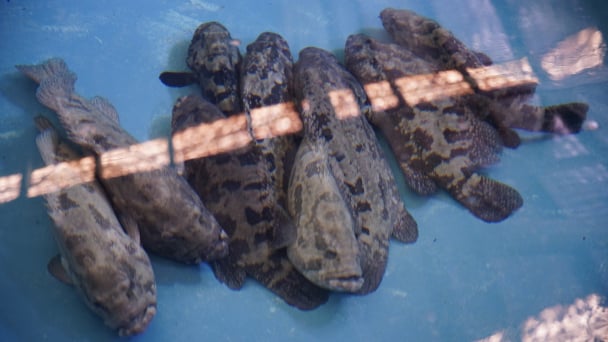
(VAN) To tackle challenges, the project 'Addressing key technical bottlenecks in the grouper supply chain in Vietnam' has been underway since 2024.
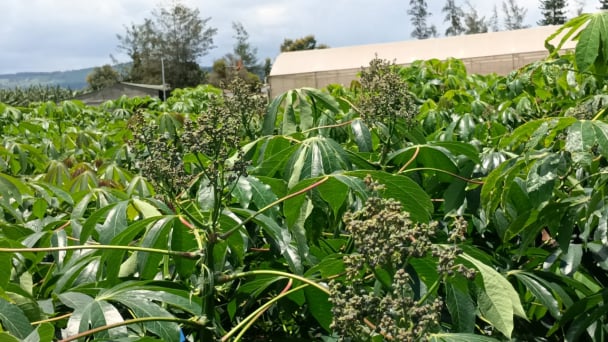
(VAN) The project 'Disease-Resilient and Sustainable Cassava Production Systems in the Mekong Region', funded by the Australian Center for International Agricultural Research (ACIAR), is being implemented from 2024 to 2028.
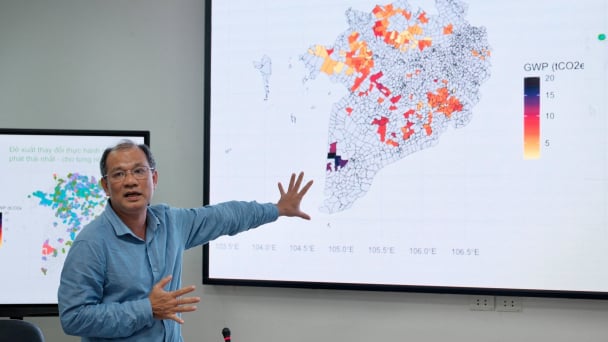
(VAN) Data from 10,000 farming households will help professionalize production organization and support the implementation of the One Million Hectares Program for High-Quality, Low-Emission Rice Cultivation.
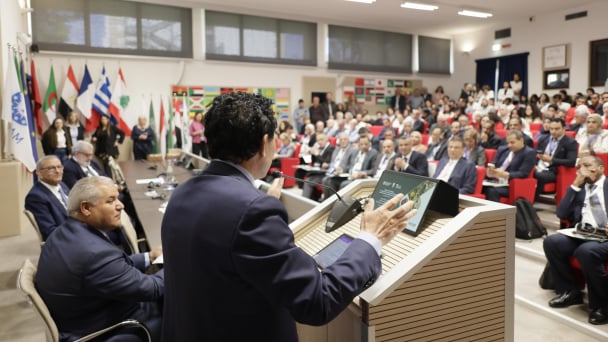
(VAN) FAO Director-General QU Dongyu marks International Day of Plant Health at NENA conference.

(VAN) Deputy Minister of Agriculture and Environment Hoang Trung affirmed that floriculture and ornamental plants are a growing industry that receives significant global attention.

(VAN) The three staple crops dominating modern diets – corn, rice and wheat – are familiar to Americans. However, fourth place is held by a dark horse: cassava.